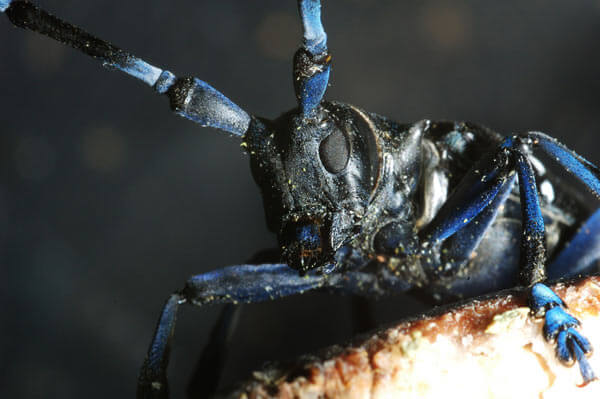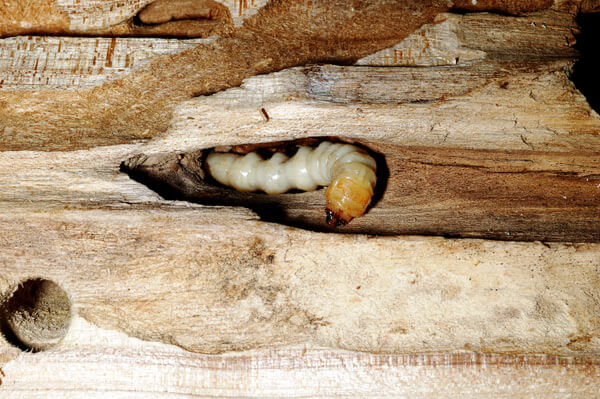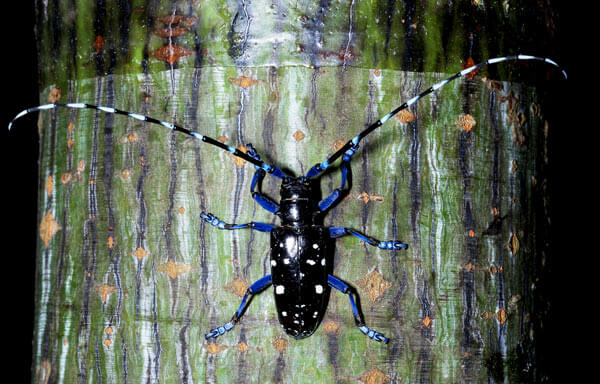By Phil Corso
The U.S. Department of Agriculture has boots on the ground in Bayside to battle the area’s latest beetle infestation, officials said.
In the January meeting of the 111th Precinct Community Council, USDA spokesman Bobby Miller alerted residents that contractors will be inspecting trees throughout northeast Queens in hopes of stopping the invasive Asian longhorned beetle from spreading.
Miller said USDA workers will be examining trees for the next two months in mostly open spaces throughout Community Board 11, which spans from East Flushing through Little Neck, to contain the amount of trees being infected by the beetles. The workers, which should always be in uniform with identification, will be inspecting trees with various tools and may access area backyards to conduct their research, Miller said.
“We want the public to recognize that we are a legitimate presence here,” Miller said.
Though residents expressed concern over USDA contractors arriving in the backyards of northeast Queens to conduct research, Miller reassured them that workers will always identify themselves and keep the community informed over the next two months.
In Queens, more than 1,800 trees have been removed over recent months since the infestation was first discovered, Miller said. Similar infestations have also been reported in communities in New York, New Jersey, Ohio and Massachusetts after the pest was first discovered in Brooklyn in August 1996.
“We need to identify the infected trees in the winter when there aren’t any leaves,” Miller said. “We’ve had some major infestations in other areas nearby and want to make sure we address this problem.”
The Asian longhorned beetle originated in China but has become known as a popular pest in the United States, the USDA said. Focusing mainly on hardwood trees such as maple, birch, horse chestnut, poplar, willow, elm and ash, the beetle tunnels its way into tree stems and branches, contributing to the death of thousands of trees.
One of the more notable ways of spotting the pest’s presence is to check if roadside trees have been girdled, or chewed around the tree roughly 3 feet above the ground, blocking any nutrients from spreading.
Currently, the most effective way to block the beetle from killing too many trees is to remove infested trees and destroy them by chipping or burning, the USDA said.
Adult Asian longhorned beetles become most prevalent between July and October, the USDA said, but have become a greater threat due to warmer winters over recent years.
Reach reporter Phil Corso by e-mail at pcorso@cnglocal.com or by phone at 718-260-4573.



































